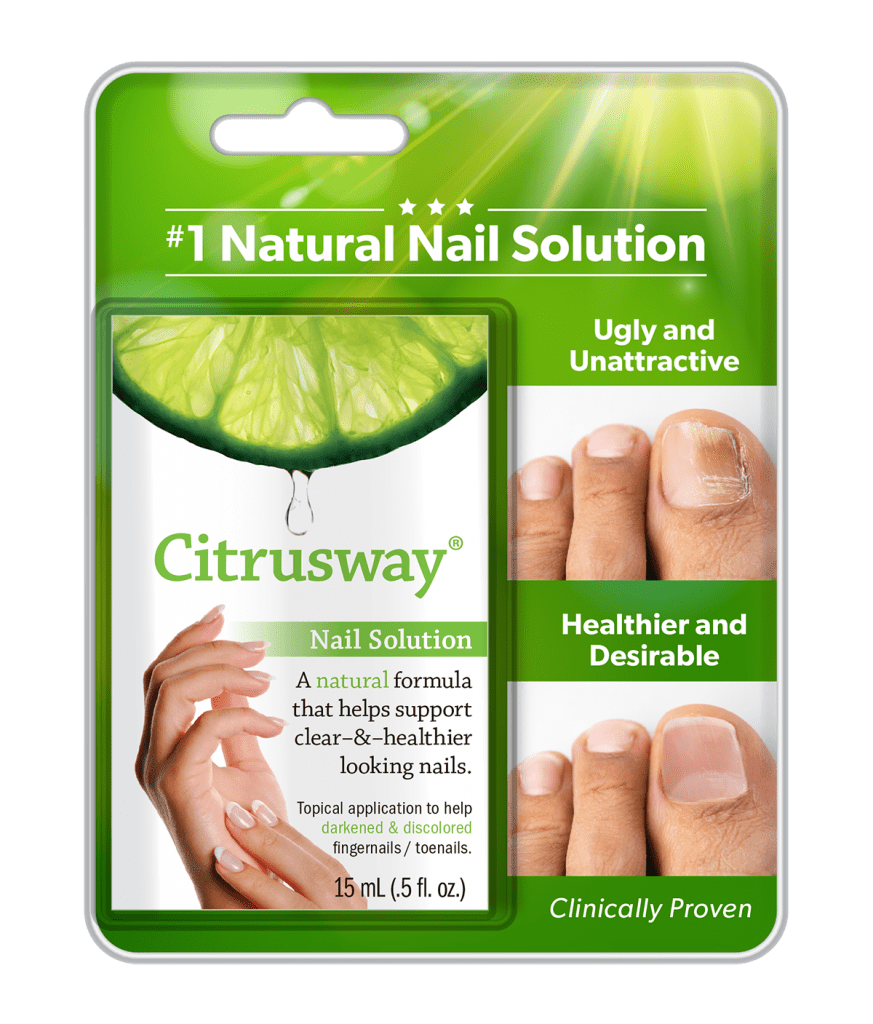Home » Latest Technological Innovations in Blister Pack Design and Production
Latest Technological Innovations in Blister Pack Design and Production

Blister packaging plays an indispensable role in various sectors, especially in the pharmaceutical, food, and consumer goods industries. It provides a user-friendly and secure mode of packaging, keeping products safe from contamination and damage. Over the years, technological advancements have greatly transformed the way blister packs are designed and produced, paving the way for increased efficiency, improved product preservation, and superior end-user experience.
This blog will delve into the latest technological innovations in blister pack design and production.
Personalized and Smart Packaging
Customization and personalization are not just trends, but are becoming the norm in today’s competitive market. To meet this growing demand, blister pack producers are turning to advanced design software and production equipment that enable them to create tailor-made packaging solutions. For instance, 3D printing technology is increasingly used for prototyping personalized blister packs. This approach reduces the design-to-production time, as well as costs associated with traditional prototyping methods.
In addition to personalization, smart packaging is also on the rise. It integrates various technologies such as RFID (Radio Frequency Identification) tags, QR codes, and NFC (Near Field Communication) chips to provide value-added features such as product tracking, authentication, and consumer engagement.
Sustainable Packaging Innovations
Given the growing awareness and regulations related to environmental protection, sustainability is becoming a key consideration in blister pack design. Several innovative technologies are being implemented to minimize the environmental impact of blister packaging.
One of the most promising innovations is the development of biodegradable and compostable materials. For example, many companies are experimenting with plant-based polymers like PLA (Polylactic Acid), a renewable and compostable alternative to petroleum-based plastics. Additionally, the concept of mono-material blister packs is gaining traction, facilitating easier recycling by eliminating the need to separate different materials.
Automation and Robotics in Production
Automation and robotics have significantly enhanced the efficiency and accuracy of blister pack production. High-speed, automated blister packaging machines are becoming standard in the industry, capable of producing thousands of packs per hour with precision and consistency. These machines come with features such as automatic filling, sealing, and cutting.
In addition, robotic systems are increasingly used in blister pack production lines for tasks such as loading and unloading, inspecting the quality of packs, and sorting and palletizing the finished products. These advancements not only improve productivity but also reduce the risk of human errors and enhance workplace safety.
Advanced Sensing and Inspection Systems
Quality assurance is crucial in blister pack production, especially in sensitive sectors like pharmaceuticals. Thanks to technological advancements, modern blister packaging machines are equipped with advanced sensing and inspection systems. These systems use machine vision technology, infrared, and ultrasonic sensors to detect any defects or inconsistencies in real-time, ensuring every pack leaving the production line meets the highest standards of quality and safety.
Digitalization and Industry 4.0
The blister pack production industry is embracing digitalization and the principles of Industry 4.0. Technologies such as the Internet of Things (IoT), Big Data, and cloud computing are increasingly being used to collect and analyze data from production lines. This data-driven approach enables predictive maintenance, reduces downtime, and optimizes the overall production process.
Furthermore, the use of digital twins – virtual replicas of physical systems – allows manufacturers to simulate and optimize their production processes before implementing them in the real world. This results in more efficient production, reduced waste, and quicker troubleshooting.
Interested in blister packaging, then partner with Brown Packaging today to get started.
Corrugated board comes in multiple flute sizes and wall grades, each designed to balance strength, weight, and cost. Selecting the wrong grade can lead to
As tariff changes reshape global trade, packaging buyers moving production from China to the U.S. or nearshore regions face a new challenge: supplier qualification. Transitioning
With new tariff proposals and continued trade uncertainty, 2026 is shaping up to be another pivotal year for packaging sourcing strategy. Many companies that shifted
Following multiple rounds of tariff changes and trade policy adjustments, 2026 marks a turning point for U.S. packaging buyers. Many who previously transitioned from China
Shifting packaging production from China to the U.S. can help stabilize costs, reduce tariff exposure, and shorten lead times. But the transition process requires careful
RSC boxes are known for their efficiency and versatility, but their performance ultimately comes down to strength. Buyers often see numbers like ECT, BCT, and
Home » Latest Technological Innovations in Blister Pack Design and Production

Thermoforming is a critical process in the manufacturing of diverse products, especially prominent in the packaging industry. This guide offers a detailed examination of the

Polyvinyl chloride, commonly known as PVC, is a widely used plastic in the packaging industry, celebrated for its versatility and durability. PVC’s unique properties make

Blister packaging plays an indispensable role in various sectors, especially in the pharmaceutical, food, and consumer goods industries. It provides a user-friendly and secure mode


